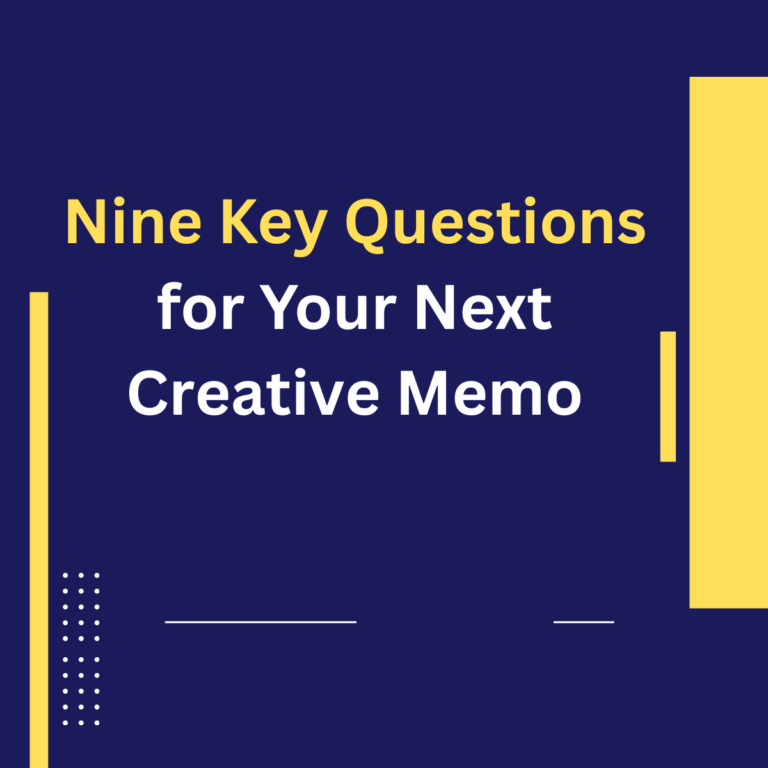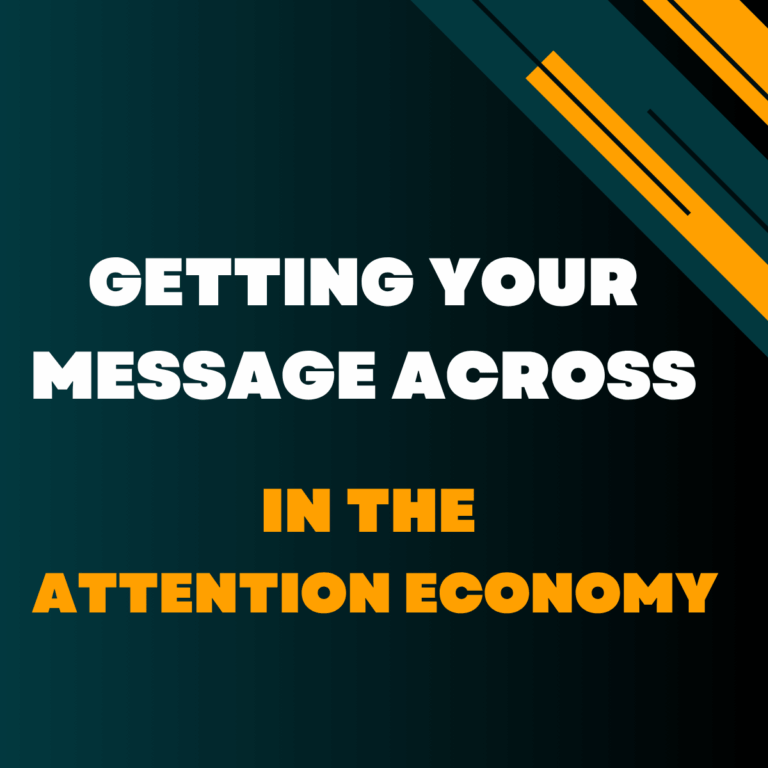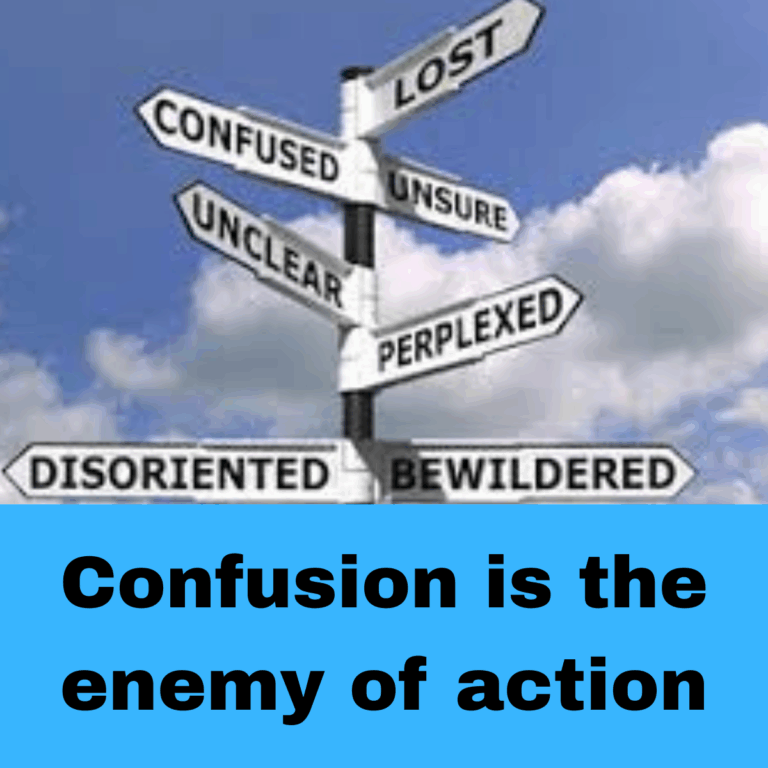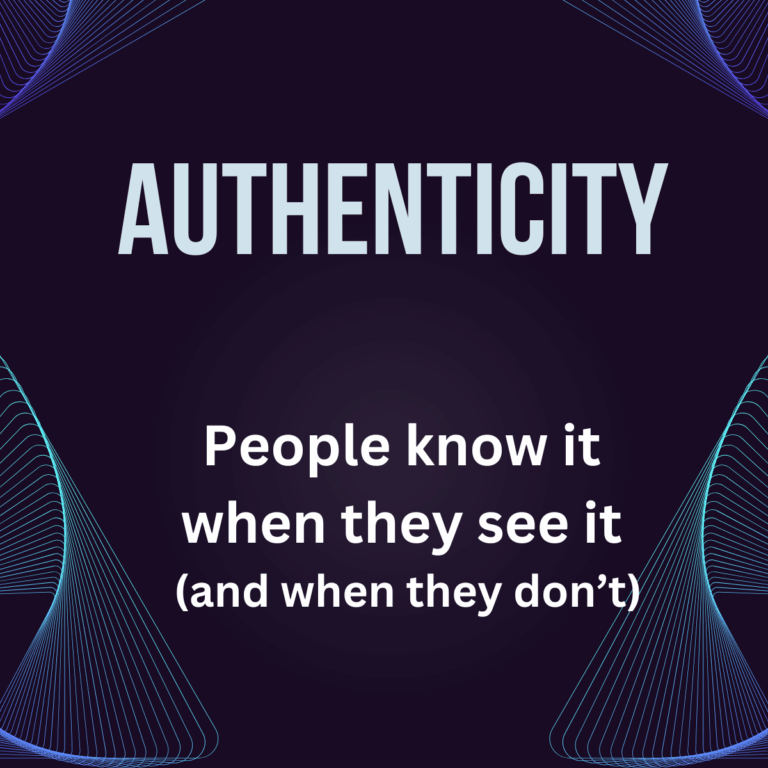Some of us are working on stronger policies and messaging that can repair the devastating Democratic disconnect with working class voters.
Others are focused on countering what Will Robinson describes as the right’s “permanent, decentralized, emotionally resonant media machine that now dominates the cultural and informational landscape.”
Here’s another piece of the puzzle – an important one: We have to finally admit that bludgeoning our most committed supporters with inauthentic fundraising messages multiple times a day is a really bad idea.
And we have to start treating the millions of fundraising messages sent each election cycle as opportunities to engage, motivate and inspire our party’s most devoted supporters. Because right now, all they are is nuisances that people reluctantly tolerate in the interest of the larger cause.
The bottom line: In 2026 and 2028, we need to persuade people to donate because of how we engage them, not despite how badly we treat them.

Every election cycle, Democratic candidates, committees and PACs send out hundreds of millions of emails, texts, and digital ads that overwhelm people in a daily flood of multiple messages.
And in 2024, alarming trends that have been developing over time reached a new extreme – so much so that they met with cultural ridicule.
One example, here’s Colin Jost at the White House Correspondents Dinner:
“There are so many hard-working, influential Senators and Congresspeople here tonight and I just want to say on behalf of everyone I know: Stop emailing us. Stop it. We get it ‘Democracy is on the line’ and your plan to save it is to flood our inboxes.”
But the volume isn’t the worst part. It’s the content or rather the absence of content. With rare exceptions, last year people were flooded with static, repetitive, technique-focused fundraising messages.
The 2024 email campaigns from candidates and party committees relied almost exclusively on tired, overused tactics devoid of substance (artificial FEC deadlines, over-played matching funds, repeated coffee with the candidate sweepstakes, etc.)
The basic message repeated over and over was this: “The stakes are high. We have big fundraising goals. We need you to send another donation now.”
The dispiriting combination of over-the-top volume and all-technique messages resulted in the Democratic Party’s most engaged grassroots supporters dreading opening their inboxes.

No one is more alert than I am to the enormous pressure to meet aggressive fundraising goals in the heat of a campaign. I’ve lived it. For four decades, I ran a fundraising and communications firm that worked for progressive causes like the ACLU, Planned Parenthood, and Greenpeace. And across multiple presidential cycles, my firm led direct mail and online fundraising efforts for both Democratic presidential candidates and national party committees.
But still, the argument that widely derided techniques are justified because “it works financially” doesn’t hold up. Even when I was directly involved in raising hundreds of millions of dollars for candidates like Hillary Clinton and John Kerry, I knew this: Because presidential campaigns are so high-stakes and high-profile, eighty to ninety percent of those totals would have been there almost regardless of how skillful our fundraising teams were.
Circumstances did most of the work. At the margin, our talents helped make strong efforts stronger still. So, I’m always skeptical when people draw a cause and effect link between big totals and deeply flawed tactics.
Based on experience, I believe with a little imagination, political campaigns – and certainly cause-based nonprofits – can persuade people to donate not despite how we treat them but because of how we engage with them.
And, as discussed below, in an overall strategic calculus, impressive fundraising totals must be measured against the price paid in widespread frustration and lost opportunities to inspire and energize a key audience.

It would be a big enough mistake if all that was happening was a failure to use millions of fundraising messages to motivate, engage, and excite people. But deploying that massive communications network in ways that actually frustrate and annoy our audience is blatant political malpractice.
So, what would a more authentic, more persuasive approach look like? Let me suggest three fundamental shifts that can move us in the right direction.
STOP using techniques as a substitute for a powerful message and START using them in support of one.
It’s a fundamental principle of fundraising communications: Using techniques like deadlines, matching funds and sweepstakes in support of a powerful message is smart strategy. But using those techniques in place of a compelling message is a recipe for disaster.
Restoring that balance between technique and message in Democratic online fundraising will do a world of good.
STOP using static, repetitive appeals and START taking people on an emotional journey through an exciting campaign.
Political campaigns are chock full of dramatic twists and turns. That makes them ripe for emotional storytelling inviting campaign supporters to travel an exciting, emotional journey alongside their candidate. That kind of narrative arc involving movement across time can stoke emotion and emotion drives decisions including decisions to donate.
Evoking the campaign’s narrative and emotional arc doesn’t mean long, involved messages. But it does mean sending messages that uniquely fit a specific moment in time. That movement through time is missing when a campaign relies on a steady diet of static, repetitive, technique-centric appeals.
STOP justifying hammering people several times a day as a necessary evil and START communicating with an energy and frequency driven by how much you have to say.
I’ve saved the frequency of messages for last for a reason. The constant flood of emails and texts is an easy target for critics of current campaign fundraising practices. But the content of fundraising requests is far more critical than their volume.
Because of the intensity of high-profile campaigns and the fact that there is an endpoint in sight, people tend to have a high tolerance for frequent communication in campaigns than in any other setting.
A constant diet of multiple messages a day is hard to defend. But it makes sense to adopt an aggressive messaging rhythm driven by how much you have to say as opposed to how much you think you can get away with.

Just imagine what a sea change it would be if instead of being something people reluctantly tolerated, our fundraising messages deepened peoples’ enthusiasm and heightened their investment on our campaigns.
And think about a 2026 and 2028 campaign cycle where instead of being a drag on our overall communications strategies, fundraising messages were one of the drivers of a new, more authentic and more effective communications infrastructure.
That’s the change that’s within our reach if Democratic candidates and progressive leaders demand it.








